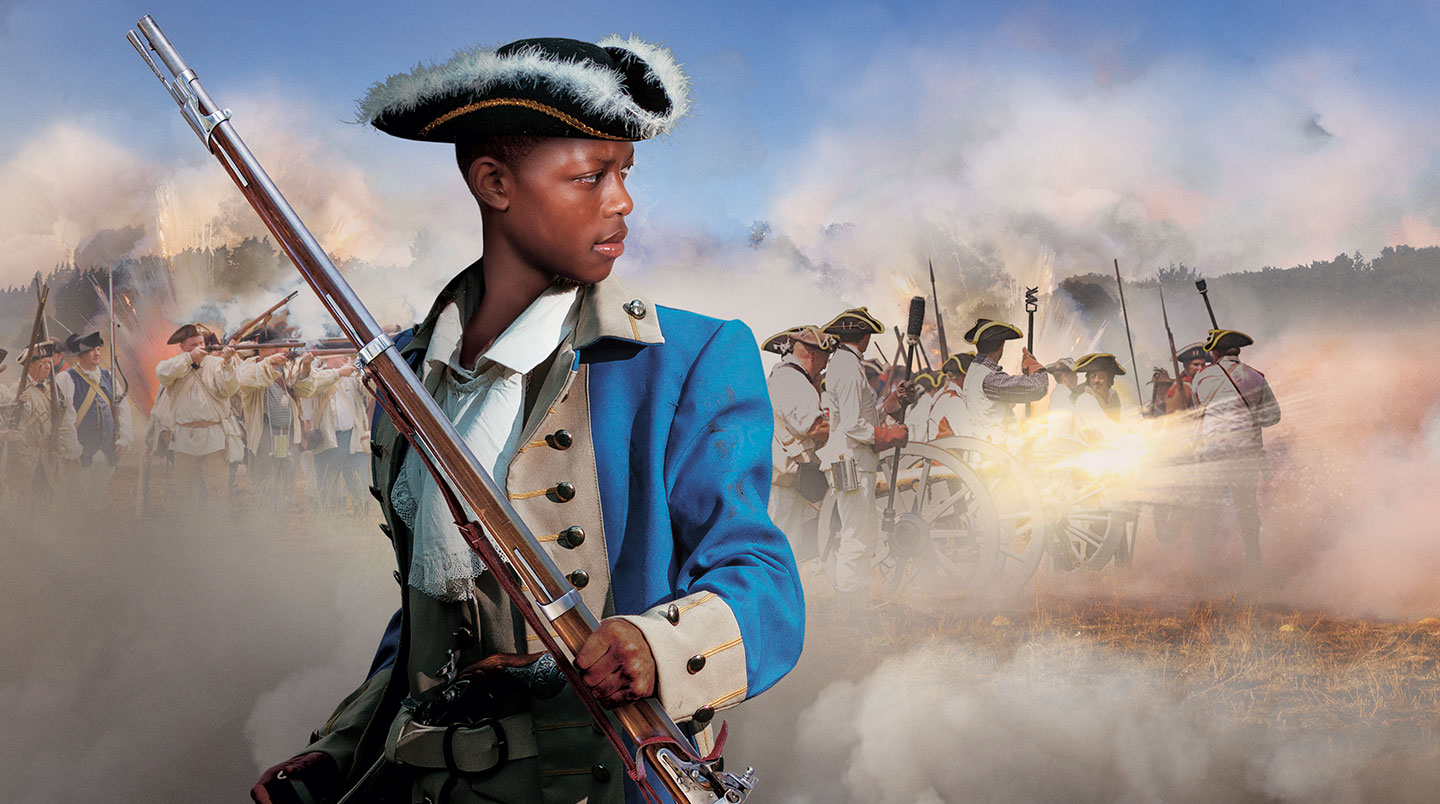When most people think of heroes of the American Revolution (1775-1783), icons such as George Washington and Alexander Hamilton usually come to mind. But many of the Americans who stepped up to fight the battle for independence were regular teens.
In 1774, many Americans were fed up with the high taxes imposed on the Colonies by Britain’s King George III. A group of representatives met at the First Continental Congress in Philadelphia to challenge British rule. When war broke out in 1775, the leaders met again and formed a Continental Army, naming Washington as its commander.
But who would fight? With half the population of the 13 Colonies under age 17, many young people would have to take part.
Officially, soldiers had to be at least 16 to fight. But some boys as young as 10 joined up, either with their parents’ permission or by hiding their age. Girls aided the cause too, delivering messages across enemy lines and defending and taking care of farms. For some young people, especially those who were poor or enslaved, the war offered an opportunity to forge new lives in a new nation.
These are the stories of three of the many teens who helped fight the American Revolution.
When most people think of heroes of the American Revolution (1775-1783), they usually think of icons such as George Washington and Alexander Hamilton. But many of the Americans who stepped up to fight the battle for independence were regular teens.
In 1774, many Americans were fed up with the high taxes imposed on the Colonies by Britain’s King George III. A group of representatives met at the First Continental Congress in Philadelphia to challenge British rule. Then war broke out in 1775. The leaders met again and formed a Continental Army. They named Washington as its commander.
But who would fight? Half the population of the 13 Colonies was under age 17. That meant many young people would have to take part.
Officially, soldiers had to be at least 16 to fight. But some boys as young as 10 joined up. Some did so with their parents’ permission. Others joined by hiding their age. Girls aided the cause too, delivering messages across enemy lines and defending and taking care of farms. For some young people, the war offered an opportunity to forge new lives in a new nation. That was especially true for those who were poor or enslaved.
These are the stories of three of the many teens who helped fight the American Revolution.

